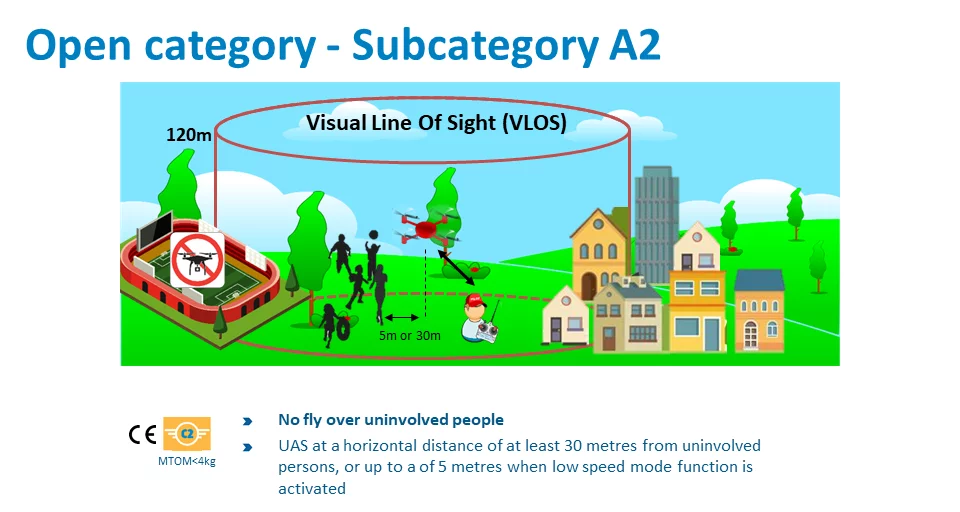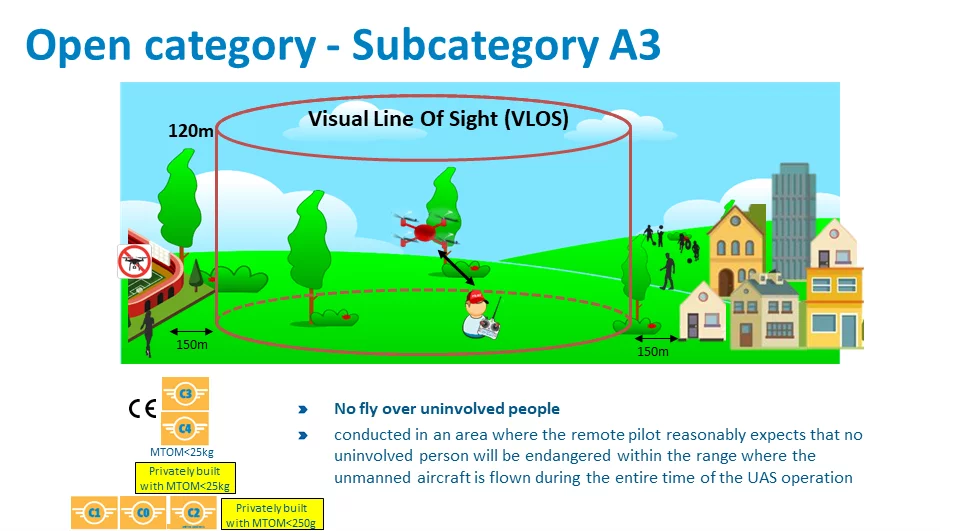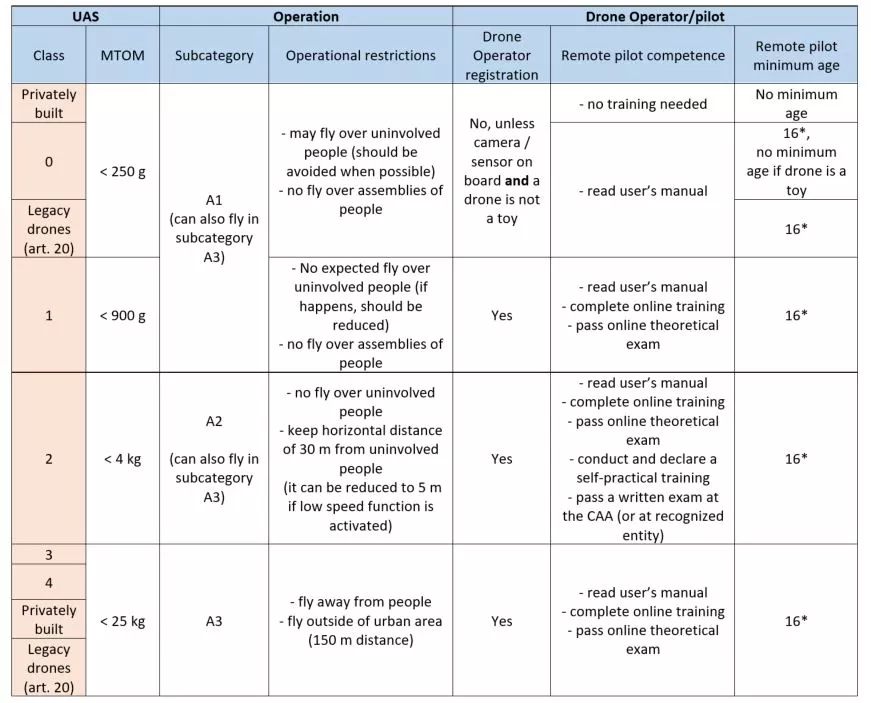Worried About New Drone Regulations in Europe? Four Simple Steps to Get Your Drone in the Air (Legally)
The world of commercial drone operation might seem complicated at first, but it’s actually much easier than you think!
The first step in starting any drone program is ensuring that your program complies with local regulations. Translation: first, check all the legal boxes.
Earlier this year, we put together a guide for our US customers on how to get the Part 107 license. In Europe, EU Regulations 2019/947 and 2019/945 mean that the framework for operating drones in EU and EASA Member States will change starting on December 31, 2020.
What are the new drone regulations in Europe, and what do they mean for your current (or future) drone program?
You’ve got questions, and we’ve got answers! Read on for everything you need to know to get started.
What exactly are the new drone laws in Europe?
Here’s the reader’s digest version: the new EU regulations are designed to make it easier for companies to use drones in Europe by regulating laws across borders, while preserving the safety of civilians and airspace.
The specific drone rules that apply to your program depend on two key metrics:
- The weight and specifications of your drone
- Your intended operation (where and how you want to fly it)
Under the new rules, there are three broad operational categories: Open, Specific, and Certified. Each category has different requirements for drone operators and pilots.
Drone surveys on active worksites generally fall under the Open category, which has the fewest restrictions. We’ll tailor most advice in this post to the A2 subcategory, which covers most of our customers’ flights. A2 allows for operation of lightweight drones (less than 25kg) at a distance of 30 meters or more from people and sensitive infrastructure.
After January 1, 2023, drones flying in the A2 subcategory will require a class identification label. In effect, this means that all drones in A2 operation will need to have been built in 2021 or later. After January 1, 2023, older drones can still be operated in the A3 subcategory, at a distance of at least 150 meters from people and buildings.
A full list of regulations and requirements under the Open category can be found here or in the chart pictured below.
If you operate closer to sensitive areas, you’ll need to investigate requirements for a Specific category certification.
Is training required for all EU drone pilots?
Yes. National tests will change after December 31, 2020, to match the updated EU drone regulations. Existing and new drone pilots alike will need to take an updated test to demonstrate their knowledge.
Four simple steps to register and take the test:
Step 1: Get registered
After the new laws take effect on December 31, 2020, your first step as either a drone operator or pilot is to register in the country where your main place of business is located. See this list of National Aviation Authorities (NAA) for details on how to register in your area.
Step 2: Read up on regulations
Next, study up on the new rules and make sure you’re clear on what’s allowed under the new drone laws, and what risk level is associated with your operation.
Here are some specific things to keep an eye on:
- Airspace classifications: Verify airspace classifications in the area of your worksite with your NAA to be sure you are authorized to fly there. For Specific and Certified use, you may need a flight authorization to enter a particular zone.
- Incident reporting: Make sure you understand how to report incidents and accidents to your NAA, whether you are directly involved or simply a witness. This is especially important if an accident results in injury, or involves an aircraft with an on-board pilot.
- Drone weight and intended use: You won’t know which category and subcategory rules you’re bound to unless you know how heavy your drone is, how close you’ll be flying to people and buildings, and details of the new drone classification system.
The drone operator is the person who is registered and responsible for drone operation. The drone pilot is the person who actually flies the drone. The same person could be both operator and pilot on a site, or an operator may hire one or more pilots. All pilots must complete required training under the new rules.
Step 3: Check insurance requirements
Check insurance requirements for your drone with your NAA. You must have the proper insurance to legally fly.
Step 4: Take the test
Take the test! Even in the Open category, all pilots flying in subcategories A1, A2 and A3 are required to complete a NAA training course and complete and online test. Check your NAA website for details, as specifics will vary by country.
The test is made up of 40 questions (all multiple choice) that will test your knowledge as a pilot. After you pass, you’ll get a certificate of completion, and you’re ready to fly in the A1 or A3 subcategories.
A2 Subcategory
If you’ll be operating within the A2 subcategory, there are some additional steps, since you’ll be flying closer to people and sensitive infrastructure. You will need to complete an additional test of 30 multiple choice questions aimed at testing your knowledge on mitigation of ground risks, assessing weather, and your drone’s flight performance.
Specific Category
If your operations fall under the Specific category, contact your NAA for guidance on how to get the required certification. You’ll need to complete both tests described above as a prerequisite, plus additional training as determined by the NAA.








